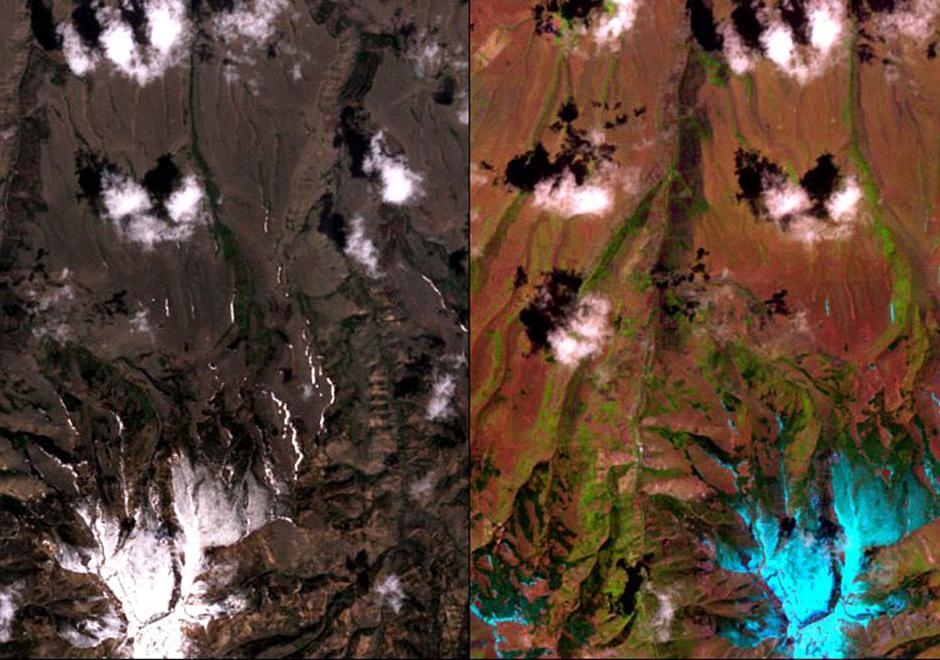AM-13 - Multi-criteria evaluation

- Describe the implementation of an ordered weighting scheme in a multiple-criteria aggregation
- Compare and contrast the terms multi-criteria evaluation, weighted linear combination, and site suitability analysis
- Differentiate between contributing factors and constraints in a multi-criteria application
- Explain the legacy of multi-criteria evaluation in relation to cartographic modeling
- Determine which method to use to combine criteria (e.g., linear, multiplication)
- Create initial weights using the analytical hierarchy process (AHP)
- Calibrate a linear combination model by adjusting weights using a test data set



KE-15 - Models of benefits